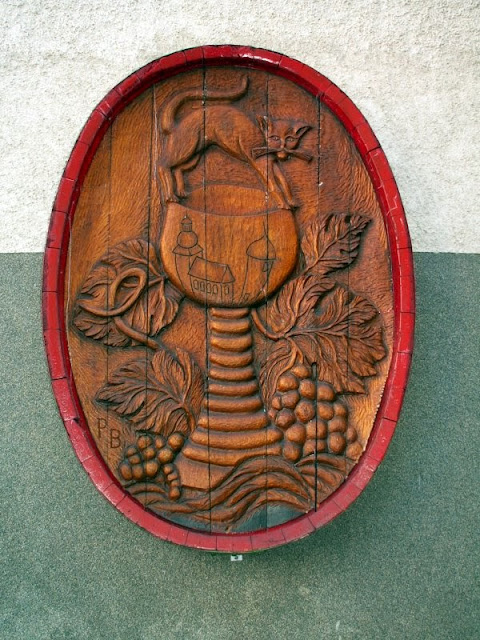The Barbary Apes
The apes on the Rock of Gibraltar are a great tourist
attraction, particularly when they are being fed by the army sergeant who is
the Official Keeper of the Apes. It is
not known how they came to be on the Rock but they have certainly lived there
in considerable numbers since at least the 18th century when the
British took possession of the territory.
It is said that if the apes should ever leave the Rock,
then so will the English. Winston
Churchill himself ordered that their number should never fall below 35.
Donkey taxi
The amazing village
of Guadalest Spain
Prison guards
Thun is a pretty little town in the Bernese Oberland of
Switzerland which lies on the River Aare at the point where it flows into Lake Thun
Schwarze Katz
The Mosel Region in Germany village of Zell Aachen
The Bridge
Monkey
Just alongside the
town gate on the bridge over the River Neckar at Heidelberg Germany
“Why are you looking at me?
Haven’t you seen a monkey in Heidelberg
Look around and you will probably see
More monkey’s like me”.
Old drawings show
that there was a brass monkey at this spot as far back as the 15th
century when a traveller abroad brought a real monkey back to Heidelberg
To touch the
bronze is said to bring good luck!
Largest
Cuckoo Clock
The largest free-hanging cuckoo clock in the world
can be seen suspended outside a shop in St Goar on the Middle Rhine in Germany
Lier Sheepheads
The people of Lier in Belgium
The Elwedritsch
Elwedritschen in the Market Square at Neustadt an der Weinstrasse
The creature has increasingly been portrayed by artists as female by adding breasts The Elwetritsch is supposedly very shy, but also very curious and gullable people are sometimes encouraged to indugle in a hunting process. A hunting party
consists of a "Fänger" (catcher), equipped with a big potato sack and
a lantern, and the "Treiber" (beaters). The catcher is led into the
woods where the Elwetritsch is supposed to live, instructed to wait in a
clearing with his sack and lantern, while the beaters will supposedly disturb the
Elwetritsch. The light of the lantern is said to be attractive to the curious
creature, so it will come to investigate and will then be caught by the
catcher. While he waits, everyone heads back to the pub to wait for the catcher to realize that he has been
fooled!
THE
LION OF GILLEPE
A huge
dam was built near Verviers in Belgium
De Moeflon
These
beautiful wild sheep, De Moeflon, with huge curly horns can be seen in the forests of The
Veluwe in the south east of the Netherlands. They were introduced to the area
in the 18th century from Corsica and Sardinia and relatively small
numbers have survived to the present day.
A very fine
sculpture of one of these animals can be seen on the edge of the forest just
behind the railway station at Nunspeet.
Mystery
I took this photograph many years ago alongside a canal near to Gouda in Holland.
I have never been able to find anything about it although it would appear to have a 'story' attacvhed to it.


.jpg)






.JPG)



No comments:
Post a Comment